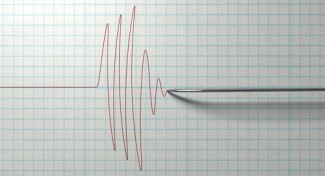Lie-detector test using motion-capture technology has 75% success rate, recent study says

Image from Shutterstock.
Motion-capture suits, traditionally used to create film animation, have a 75 percent success rate of telling when someone is lying, according to a recent Cambridge University study.
According to the Guardian, the study holds that someone who is lying does a fair amount of fidgeting, and the suit, which registers movement up to 120 times per second, records all of it.
Ross Anderson, a Cambridge University security engineering professor who worked on the study, noted that there’s skepticism toward polygraph tests, which record a person’s pulse, blood pressure, sweating and breathing changes during questioning.
“However, it can easily be abused as an interrogation prop, and many people are anxious anyway facing a polygraph on which their job or liberty depends,” he told the paper.
The Cambridge study (PDF) focused on 180 college students, half of whom were told to lie about something. All participants wore motion-capture suits, and researchers had an 82.2 percent accuracy rate in determining when the students were lying.
“Our first attempt looked at the extent to which different body parts and body signals indicated deception. It turned out that liars wave their arms more, but again this is only at the 60 percent level that you can get from a conventional polygraph,” Anderson said. “The paydirt was when we considered total body motion. That turns out to tell truth from lies over 70 percent of the time, and we believe it can be improved still further by combining it with optimal questioning techniques.”
Anderson acknowledges that you could learn to freeze your entire body while wearing a motion-capture suit, but he says that would also indicate someone was lying.
Created by the Dutch company XSens, prices for the motion-capture suits start at $12,000, CIO reports.



